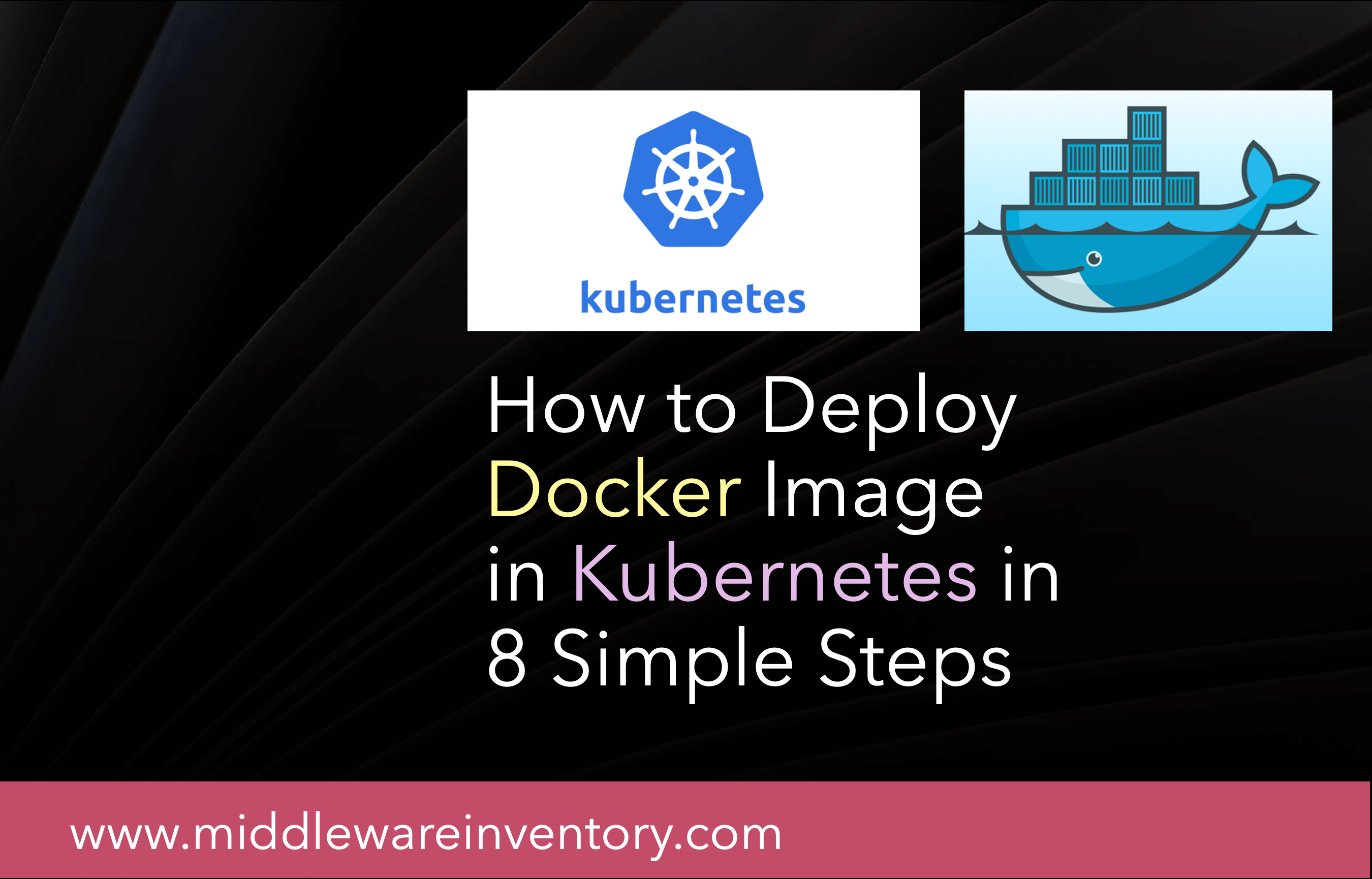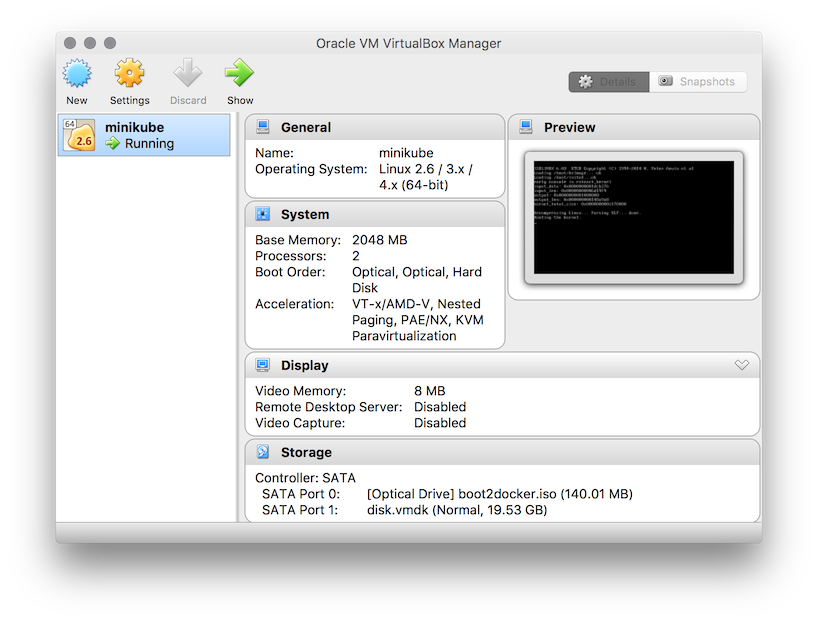
Environment variablesĮnvironment variables set in the Deployment pod template will be available to your local process. Īccess to public websites should not be affected or changed in any way.

When using -method=vpn-tcp all processes on the machine running telepresence will have access to the Kubernetes cluster.Ĭloud resources will only be routed via the cluster if you explicitly specify them using -also-proxy. It also means public servers like will be routed via the cluster, but again only for the subprocess run by telepresence via -run or -run-shell. That means transparent access to cloud resources like databases that are accessible from the Kubernetes cluster's private network or VPC. When using -method=inject-tcp, the subprocess run by telepresence will have all of its traffic routed via the cluster. Having trouble? Ask us a question in our Slack chatroom. We'll check the current Kubernetes context and then start a new pod: This last form will not work when using telepresence with -method=vpn-tcp on Linux (see the relevant ticket for details.)

This limitation is the default on OpenShift. You can't expose ports <1024 on clusters that don't support running images as root. Here we expose port 8080 as port 8080 on a remote Deployment called example: This allows the Kubernetes or OpenShift cluster to talk to your local process as if it was running in the pod.īy default the remote port and the local port match. If you use the -expose option for telepresence with a given port the pod will forward traffic it receives on that port to your local process. What gets proxied Networking access from the cluster


 0 kommentar(er)
0 kommentar(er)
